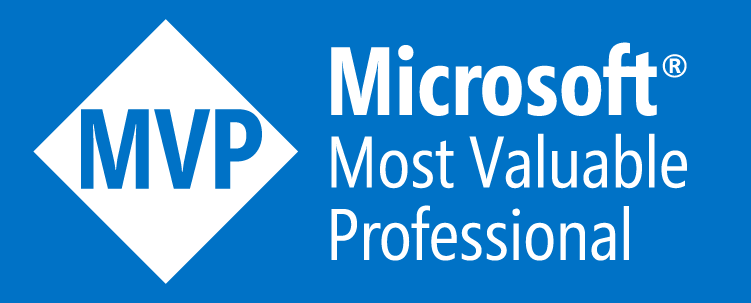I'm happy that I was re-awarded as Microsoft Most Valuable Professional (MVP). This is my 4th year in a row as MVP on Microsoft Azure. I'm exited that I can sustain the local communities and online one with valuable content and information. I'm proud to be part of Microsoft MVP program.
This year was a special one.I received the news exactly when we were in a load test with out IoT platform having more than 1900 CPU Cores allocated on Azure and trying to handle 100.000 of smart devices from life-science industry (for us a device is not a phone, is a real laboratory from an hospital). The devices were simulated using AWS infrastructure (more than 20k VMs that hit our platform - 250.000 requests/s)
I will talk more about this in the future posts, but for new I will take a short brake, recovering after the load tests.
What is MVP award?
 This award is given to exceptional technical community leaders who actively share their high quality, real world expertise with others. We appreciate your outstanding contributions in Microsoft Azure technical communities during the past year.
This award is given to exceptional technical community leaders who actively share their high quality, real world expertise with others. We appreciate your outstanding contributions in Microsoft Azure technical communities during the past year.
This year was a special one.I received the news exactly when we were in a load test with out IoT platform having more than 1900 CPU Cores allocated on Azure and trying to handle 100.000 of smart devices from life-science industry (for us a device is not a phone, is a real laboratory from an hospital). The devices were simulated using AWS infrastructure (more than 20k VMs that hit our platform - 250.000 requests/s)
I will talk more about this in the future posts, but for new I will take a short brake, recovering after the load tests.
What is MVP award?
 This award is given to exceptional technical community leaders who actively share their high quality, real world expertise with others. We appreciate your outstanding contributions in Microsoft Azure technical communities during the past year.
This award is given to exceptional technical community leaders who actively share their high quality, real world expertise with others. We appreciate your outstanding contributions in Microsoft Azure technical communities during the past year.
Congrats!
ReplyDelete